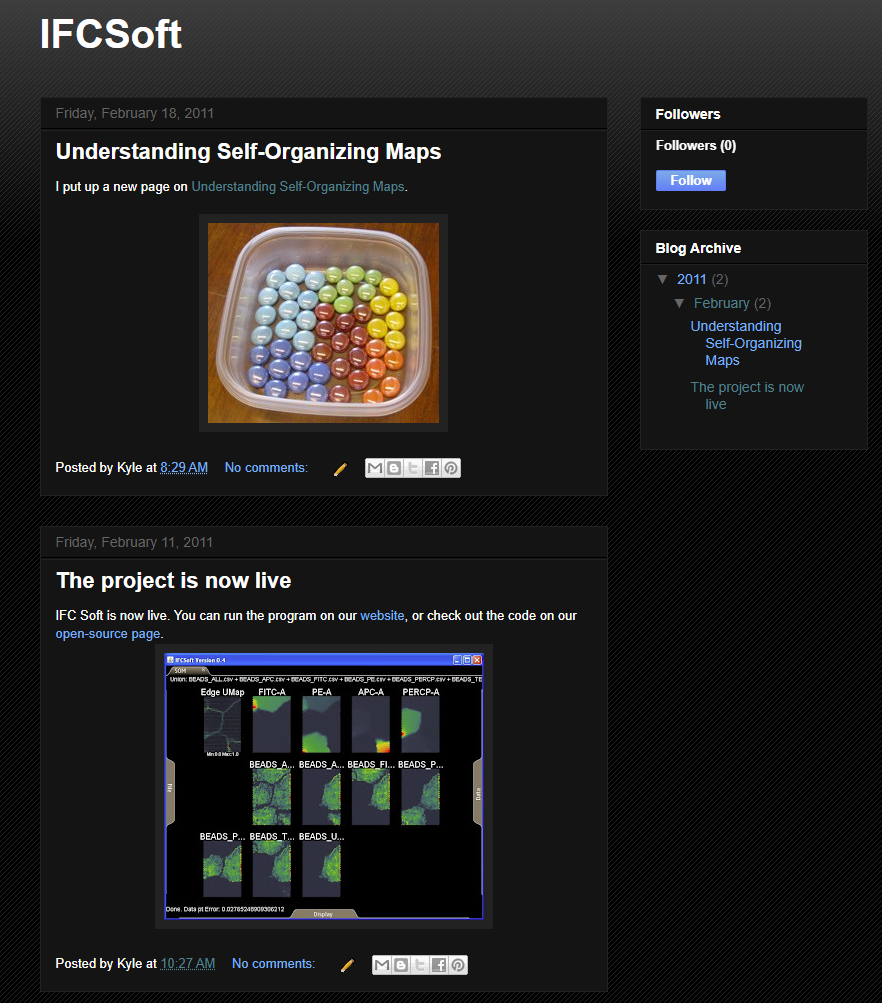Web 2.0 Social Media
Contents
5.3. Web 2.0 Social Media#
In the first decade of the 2000s the way websites worked on the Internet went through a transition to what is called “Web 2.0.”
In Web 2.0 websites (and web applications), the communication platforms and personal profiles merged. Many websites now let you create a profile, form connections, and participate in discussions with other members of the site. Platforms for hosting content without having to create your own website (like Blogs) emerged. And all of these websites became much more interactive, with updates appearing on users’ screens without the user having to request them.
Let’s look at some examples:
5.3.1. Weblogs (Blogs)#
In the mid-1990s, some internet users started manually adding regular updates to the top of their personal websites (leaving the old posts below), using their sites as an online diary, or a (web) log of their thoughts. In 1998/1999, several web platforms were launched to make it easy for people to make and run blogs (e.g., LiveJournal and Blogger.com). With these blog hosting sites, it was much simpler to type up and publish a new blog entry, and others visiting your blog could subscribe to get updates whenever you posted a new post, and they could leave a comment on any of the posts.

Fig. 5.5 An example blogger blog. Visitors can comment on any of the posts, making this much more interactive and communal (though Kyle’s old blog here has 0 followers and 0 comments).#

5.3.2. Social Networking Services#
2003 saw the launch of several popular social networking services: Friendster, Myspace, and LinkedIn. These were websites where the primary purpose was to build personal profiles and create a network of connections with other people, and communicate with them. Facebook was launched in 2004 and soon put most of its competitors out of business, while YouTube, launched in 2005 became a different sort of social networking site built around video.
Note
This history is all very US focused. In future versions of this book, I hope to incorporate a more global history of social media.